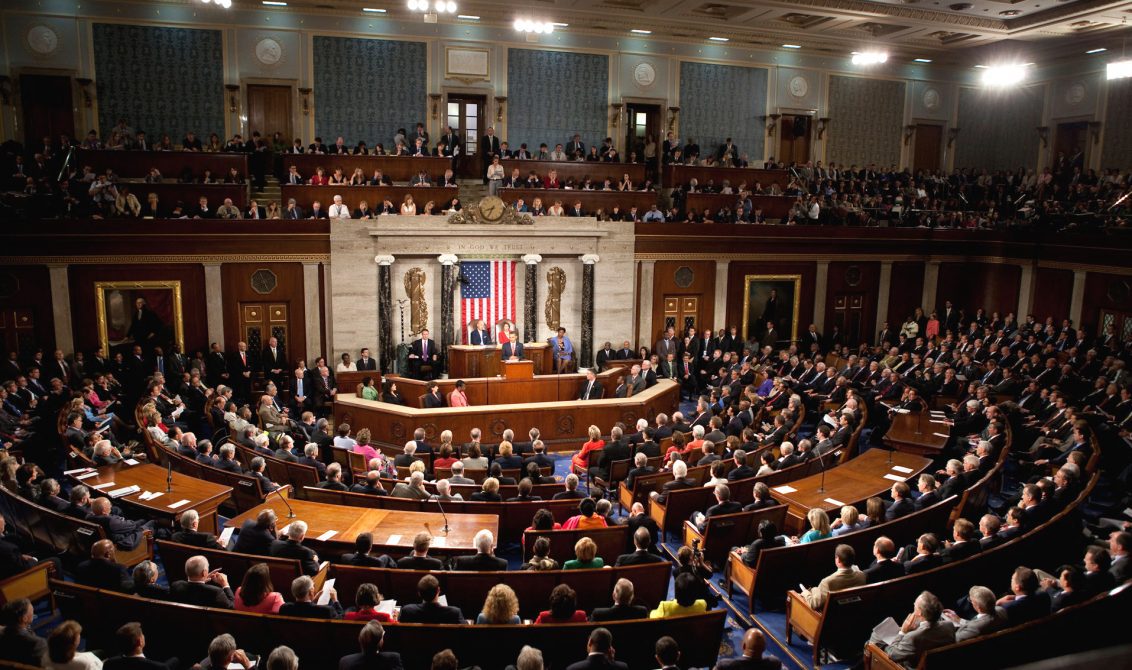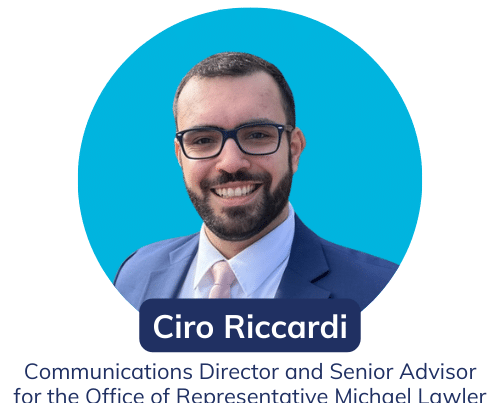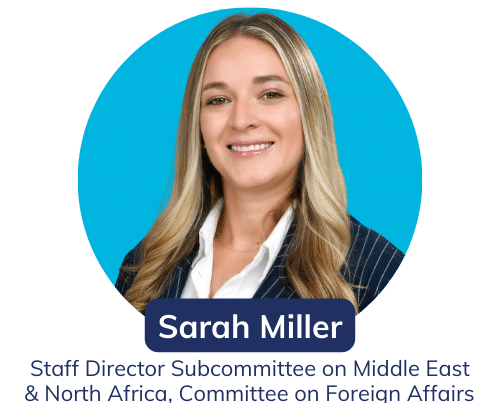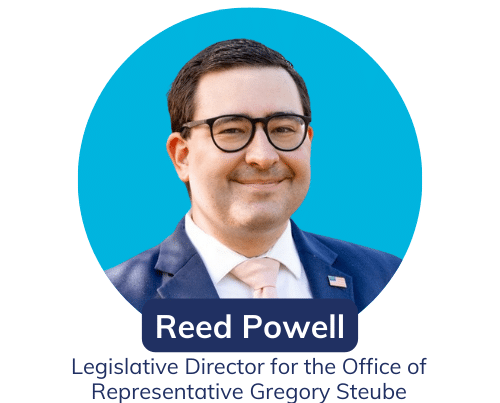
- Read more: Infrastructure Bill Breakdown | What Comes Next?
What is Budget Reconciliation?
Budget reconciliation is the rule by which a bill, when determined by the Senate Parliamentarian to have an impact on the federal budget that is more than “merely incidental,” is allowed to be passed with a simple majority vote rather than a super-majority vote, and it circumvents the opportunity for filibustering.
Who to Watch?
For the budget to pass, Sen. Majority Leader Chuck Schumer (D-NY) needs every single one of his Democratic Senators voting in favor of the resolution, but moderate Democrats Sen. Joe Manchin (D-WV) and Senator Kyrsten Sinema (D-AZ) have expressed concerns about the size of the $3.5 trillion bill. Although both voted to open the debate on the bill, Sinema has made it clear that she will not vote for a bill that costs $3.5 trillion; and following the vote Manchin explained that he has “serious concerns about the grave consequences facing West Virginians and every American family if Congress decides to spend another $3.5 trillion.” So, to ensure the bill passes, Schumer will have to draft legislation that appeals to both progressive and moderate democrats.
What’s in the Resolution?
The resolution will direct several committees in the senate to dedicate funds towards climate initiatives, childcare, paid parental leave, education, and healthcare. This spending will only be possible if approximately $1.75 trillion is recuperated through government fundraising or cost cutting efforts – the aim is to achieve this through tax increases on high income corporations and households, and additional cost cutting savings.
Although the text of the bill has yet to be drafted, Democrats have made clear that they plan to include language that will establish a universal Pre-K, enhanced childcare, two years of tuition-free community college, reduce prescription drug costs, and combat climate change. Elements of the bill will likely be modified and amended as it works its way through the committees.
Universal Pre-K
Originally proposed in the American Families Plan (AFP) unveiled by the Biden administration in April, the framework would allow for a universal Pre-K program for children aged 3-4 years old, as well as a new childcare benefit for working families.
In the American Families Plan, $200 billion was budgeted for the Pre-K program with a planned partnership with the states, requiring individual states to foot about 50% of the bill. It was estimated that approximately 5 million children would benefit from the program and save the average family $13,000 annually once the plan was fully enacted.
Childcare
Low- and middle-income household would no longer have to pay more than 7% of their annual income on childcare for children under the age of 5 in the plan laid out by the AFP. Those earning up to 1.5x the median income of each state would qualify for the price reduction.
Tuition-Free Community College
Under the AFP, the government would cover approximately 75% of the average cost of community college tuition in each state, with the state picking up the remainder of the cost for the first two years of all enrolled students.
Lower Prescription Drug Costs
A longtime push by the Democratic party, the lowering of prescription drug costs by means of allowing Medicare to negotiate prices, is estimated to save hundreds of billions of dollars.
Climate Change
The resolution calls for implementing new polluter fees, tax incentives and grants for electrifying vehicles and buildings, consumer rebates for electrification and weatherization, and clean energy programs as a means of meeting the administration’s goals of reducing economy-wide carbon emissions by 50% and switching 80% of the US power grid to emissions-free power sources before 2030.
When is this happening?
The extensive budget resolution contains extensive reforms for healthcare, and social and climate policy. The House has shortened their recess, now scheduled to return to session the week of Aug. 23 to bring the budget resolution to the floor, moving to pass resolution as quickly as possible.
Schumer gave committees a Sept. 15 target deadline to put together their portions of the bill. The full text will then be brought to the Senate floor for debate.






